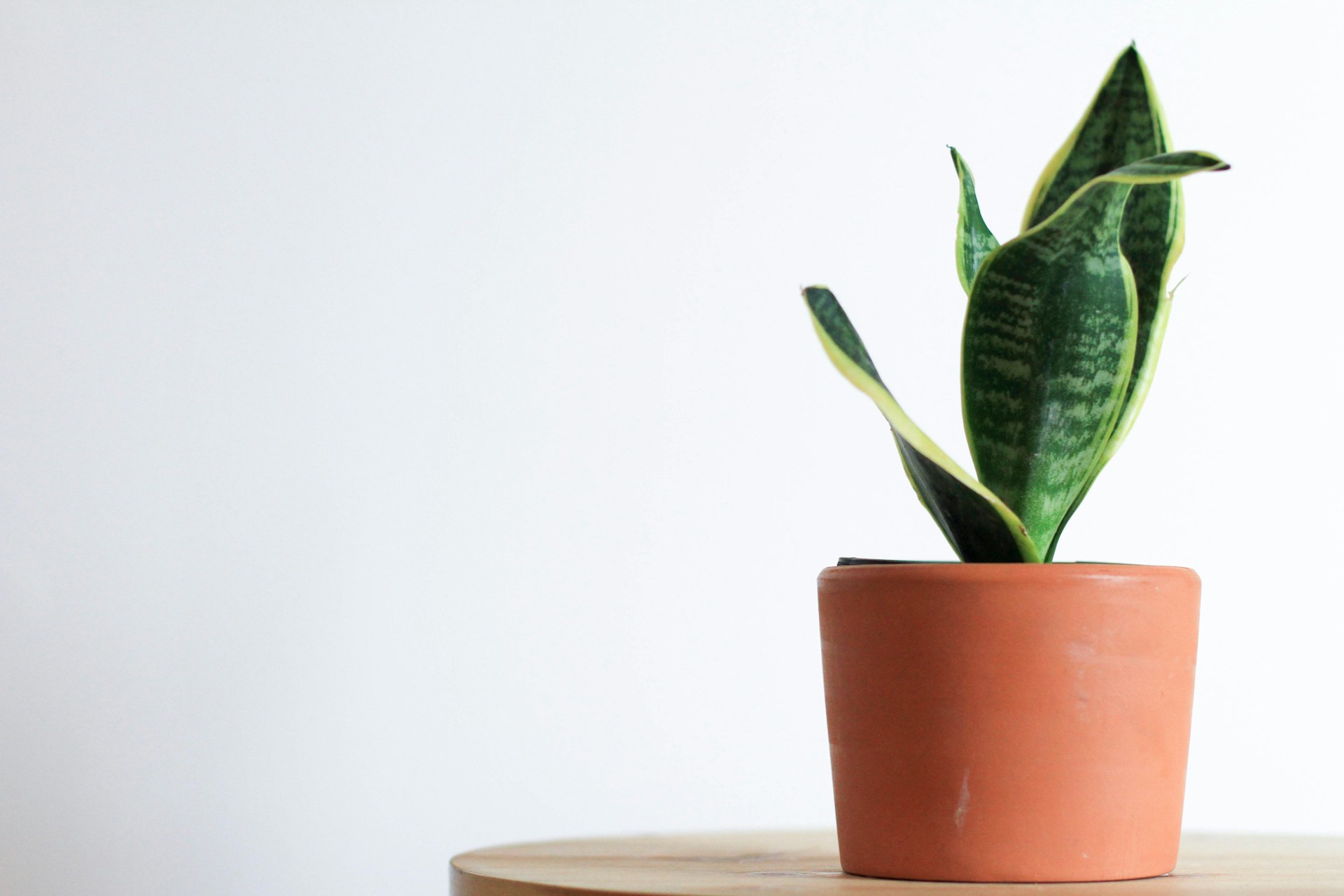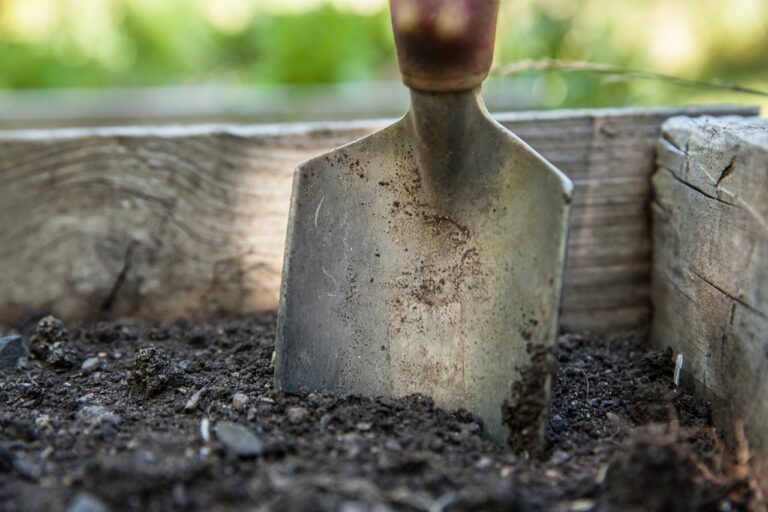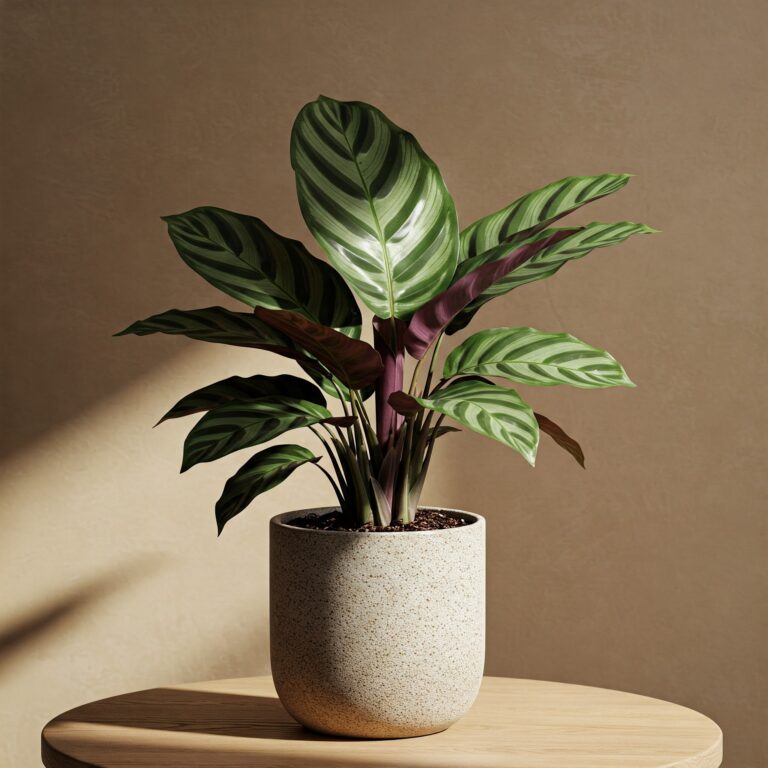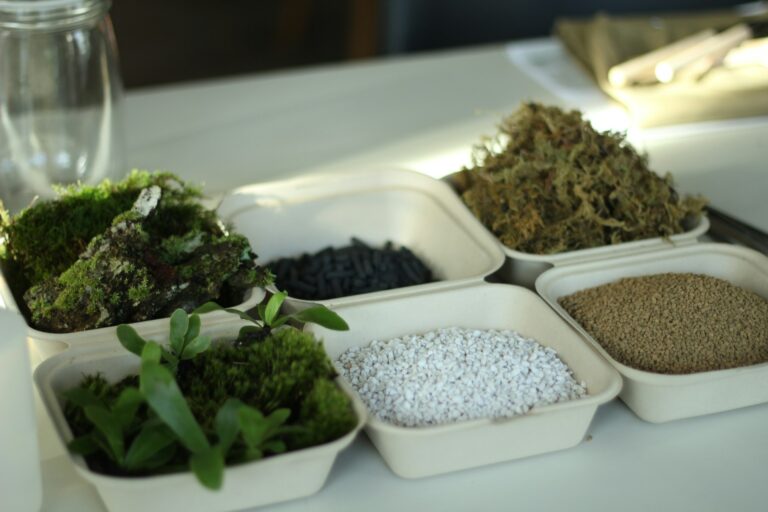Have you ever wondered why snake plants are often dubbed the “unkillable” houseplant?
These resilient beauties are not only tough but also powerful air purifiers. According to NASA’s Clean Air Study, snake plants can eliminate up to 87% of air toxins in just 24 hours, making them a fantastic addition to any home.
Despite their hardy nature, snake plants require some care to thrive. But don’t worry, plant parents – snake plant care is easier than you might think. In this guide, we’ll explore everything you need to know to keep your snake plant healthy and vibrant, turning your home into a lush, toxin-free haven.
How To Care For Snake Plants
Snake Plant Watering Techniques
Understanding Snake Plant Drought Tolerance
Snake plants, or Sansevieria, are renowned for their drought tolerance. They can survive weeks without water, making them perfect for busy or forgetful plant owners. This characteristic stems from their native arid environments, where they adapted to infrequent rainfall.
Signs of Overwatering and Underwatering
Overwatering is the most common cause of snake plant issues. Signs include yellowing leaves, mushy roots, and an overall wilted appearance. Conversely, underwatering manifests as wrinkling or curling leaves that appear shriveled. Ensuring you provide the right amount of water is crucial for healthy growth.
Proper Watering Frequency and Methods
Water your snake plant once the top inch of soil is dry. This generally translates to every 2-3 weeks during the growing season. During winter, reduce watering to once a month. Always use room-temperature water to avoid shocking the roots. Water thoroughly, ensuring the excess drains out from the pot’s bottom.
Snake Plant’s Light Needs
Optimal Light Conditions for Snake Plants
Snake plants thrive in indirect sunlight. Bright, indirect light promotes faster growth and more vibrant foliage. However, they are versatile and can adapt to lower light conditions, which makes them ideal for indoor environments with varying light levels.
Adapting to Low-Light Environments
While snake plants can survive in low-light conditions, they may grow slower. To encourage healthier growth, occasionally move your plant to a brighter spot. This can help maintain its vibrant green color and prevent legginess.
Signs of Too Much or Too Little Light
Yellowing or scorched leaves indicate too much light exposure, while pale, elongated leaves suggest insufficient light. Adjust the plant’s location based on these signs to ensure it receives the optimal amount of light for healthy growth.
Soil and Potting
Choosing the Right Potting Mix for Snake Plants
A well-draining potting mix is crucial for snake plants. A cactus or succulent mix works well, or you can create your own with equal parts perlite, sand, and peat moss. This ensures proper aeration and prevents root rot by allowing excess moisture to escape.
Proper Drainage Requirements
Ensure your pot has drainage holes to prevent water from pooling at the bottom. Good drainage helps avoid root rot, a common issue with snake plants. Consider using pots with multiple holes and placing them on a saucer to catch any excess water.
When and How to Repot Your Snake Plant
Repot your snake plant every 2-3 years or when roots start to outgrow the pot. Choose a pot one size larger and refresh the potting mix. Gently remove the plant from its current pot, loosen the root ball, and place it in the new pot with fresh soil.
Temperature and Humidity
Ideal Temperature Range for Snake Plants
Snake plants prefer temperatures between 60-85°F (16-29°C). They can tolerate cooler temperatures but avoid freezing conditions. In colder climates, ensure they are kept away from drafty windows or doors during winter.
Humidity Preferences and Adaptations
These plants are not picky about humidity. They do well in average home humidity levels but can adapt to drier or more humid environments. If you live in a particularly dry area, occasional misting can help keep your snake plant comfortable.
Protecting Your Plant from Drafts and Extreme Temperatures
Keep your snake plant away from drafts, air conditioners, and heaters. Sudden temperature changes can stress the plant and cause leaf damage. Ensure your plant is in a stable environment to promote consistent growth.
Nutrition Essentials
Types of Fertilizers Suitable for Snake Plants
A balanced, all-purpose houseplant fertilizer works well. Choose one with equal parts nitrogen, phosphorus, and potassium. Organic options, like worm castings or compost tea, can also be beneficial.
Proper Fertilization Schedule
Fertilize your snake plant once a month during the growing season (spring and summer). Skip feeding during fall and winter when the plant’s growth naturally slows down. Over-fertilizing can harm your plant, so stick to the recommended schedule.
Signs of Over-Fertilization and Nutrient Deficiencies
Yellowing leaves and burnt tips can indicate over-fertilization. Pale leaves and slow growth might suggest nutrient deficiencies. If you notice these signs, adjust your fertilization routine accordingly and flush the soil with water to remove excess fertilizer.
How To Aerate The Soil In A Potted Plant
Pruning and Propagation
Techniques for Pruning Snake Plants
Remove damaged or dead leaves at the base with clean, sharp scissors. Pruning keeps the plant healthy and encourages new growth. Regularly inspect your plant and remove any leaves that show signs of disease or damage.
Propagation Methods: Leaf Cuttings and Division
Propagate snake plants through leaf cuttings or division. Cut a healthy leaf into 3-inch sections and plant them in soil. For division, separate the plant at the root ball and replant each section. Both methods are simple and effective for increasing your snake plant collection.
Tips for Successful Snake Plant Propagation
Ensure cuttings and divisions are planted in well-draining soil and kept in indirect light. Water sparingly until new growth appears. Patience is key, as propagation can take several weeks to months before new plants establish.
Troubleshooting Common Snake Plant Problems
Identifying and Treating Pest Infestations
Spider mites and mealybugs are common pests. Wipe leaves with a damp cloth and treat with insecticidal soap if needed. Regularly inspect your plant for signs of pests and act promptly to prevent infestations from spreading.
Dealing with Fungal and Bacterial Diseases
Root rot and leaf spot are common issues. Improve drainage and avoid overwatering to prevent fungal diseases. If your plant shows signs of infection, remove affected parts and treat the plant with a fungicide.
Addressing Common Growth Issues and Leaf Problems
Curling leaves, brown tips, and slow growth can result from improper watering, light, or nutrient issues. Adjust care routines to resolve these problems. Regularly check your plant’s environment and make necessary changes to keep it healthy.
Conclusion
There you have it, plant enthusiasts! With these seven simple tips, you’re well on your way to becoming a snake plant whisperer. Remember, these resilient beauties thrive on a bit of neglect, so don’t love them to death!
Embrace their easy-going nature and enjoy the lush, air-purifying benefits they bring to your space. Who knows? You might just catch the plant parent bug and start a whole jungle of houseplants. So go ahead, give your snake plant some well-deserved attention – your home (and your lungs) will thank you!





